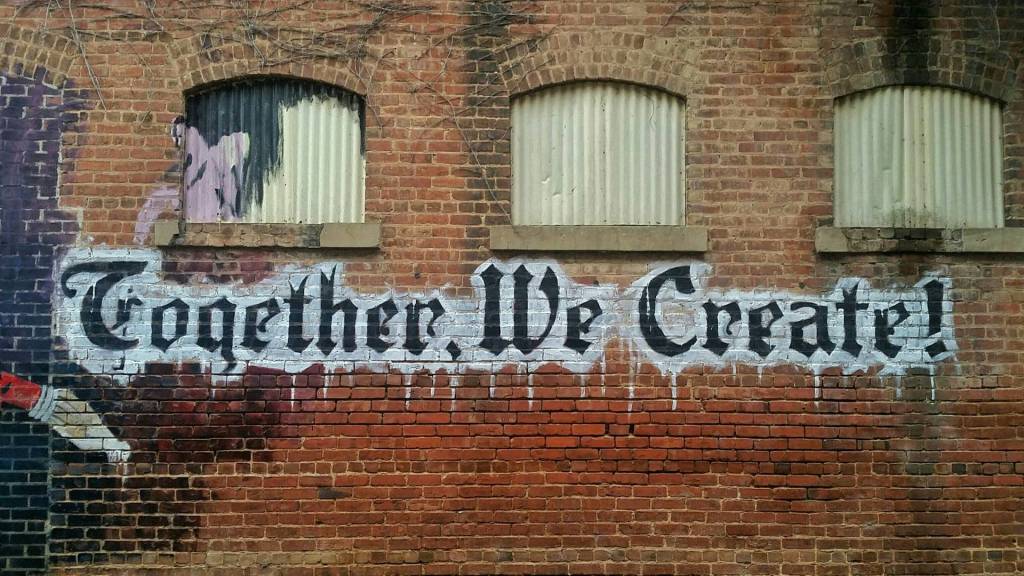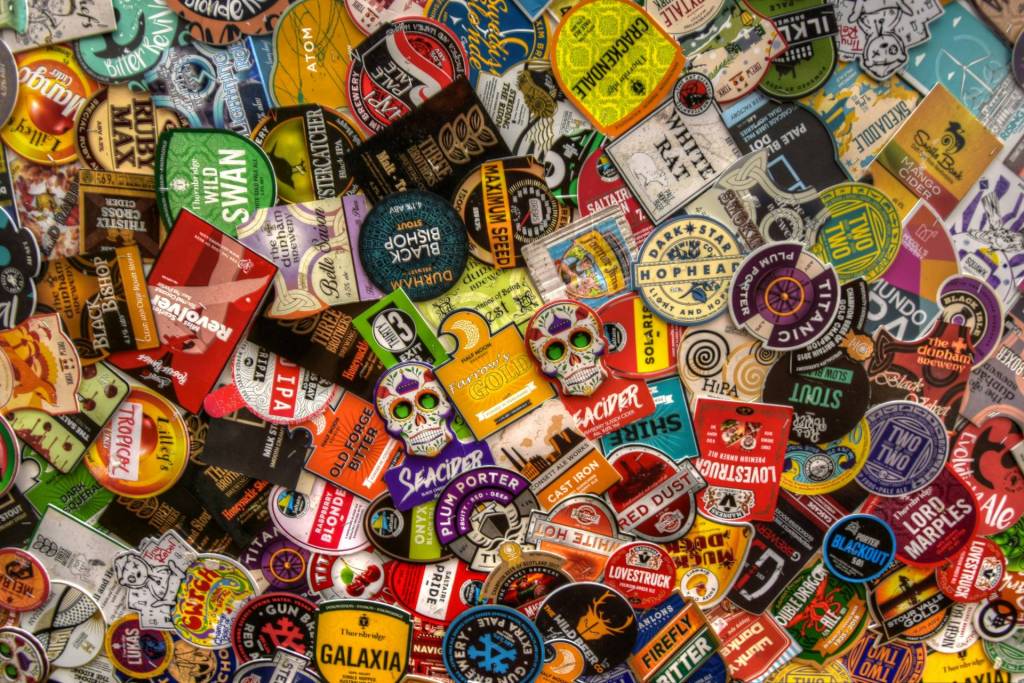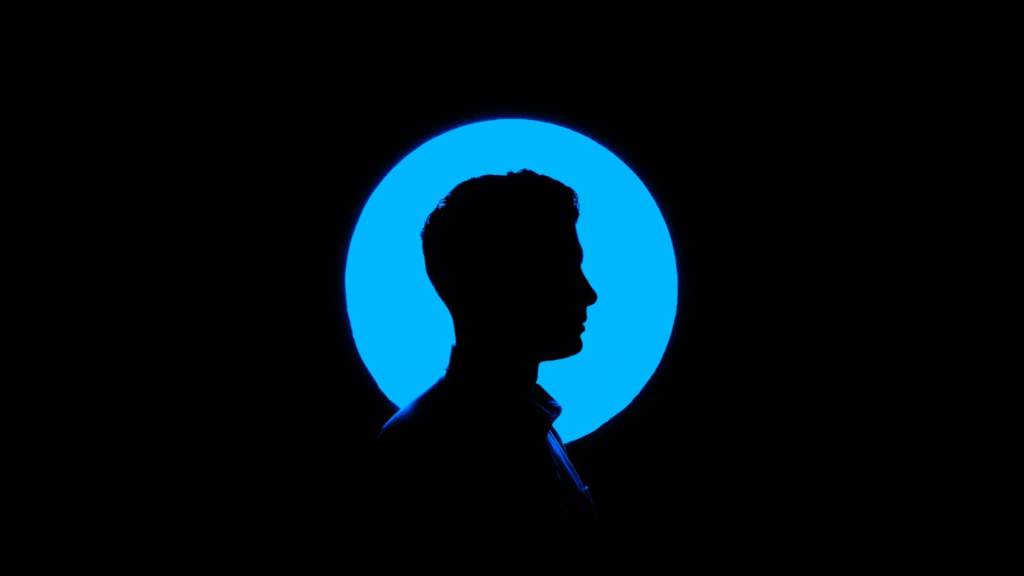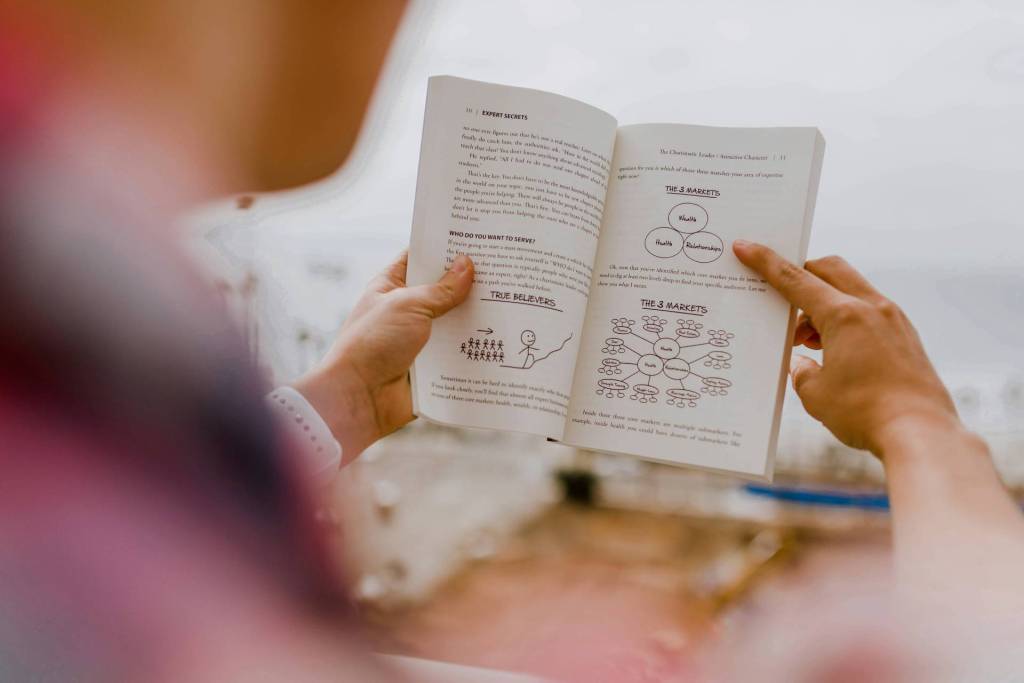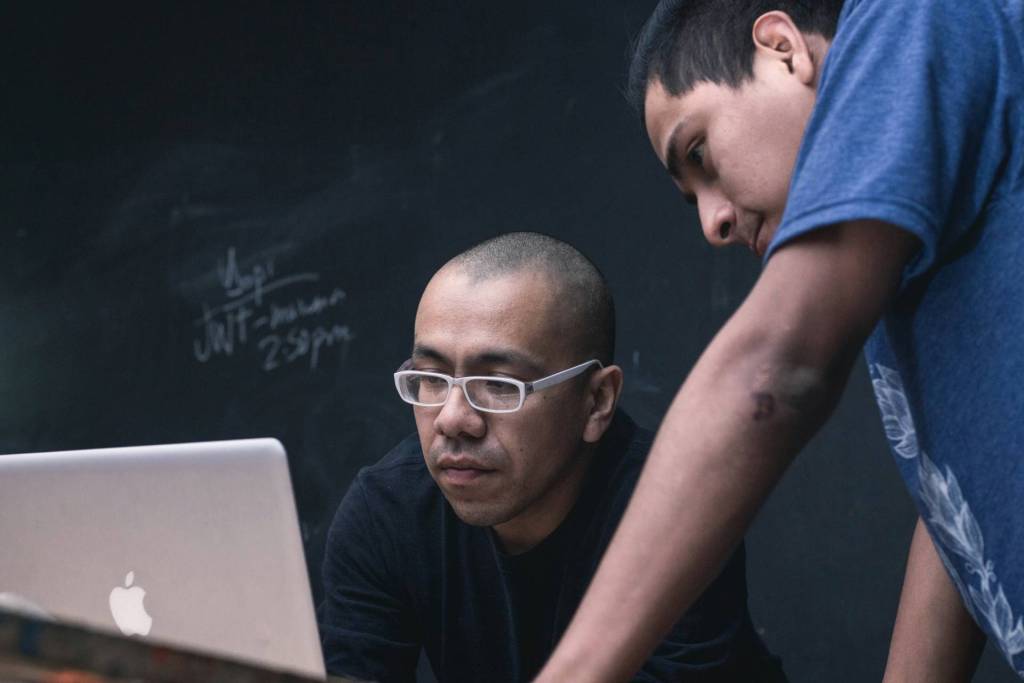Today, I spoke to Jennifer Aaker and Andy Smith,who are the co-authors of The Dragonfly Effect. Jennifer is the General Atlantic Professor of Marketing at Stanford University’s Graduate School of Business, and Andy Smith is the Principal of Vonavona Ventures. In this interview, Jennifer and Andy talk about what the Dragonfly Effect is, how Nike has used social media for social good, and much more.
What is the Dragonfly Effect, and what are the four wings:
“The Dragonfly Effect is a model that taps social media and consumer psychological insights to achieve a single, concrete goal.”
Named for the only insect that is able to move in any direction when its four wings  are working in concert, the four “wings” of the model work together to help produce colossal change (be it social good or customer loyalty). The name is a bit of an homage to the “butterfly effect,” meaning one small change can have colossal consequences. The dragonfly, however, moves with tremendous speed and force; it has 20 times more power in each of its wing strokes than other insects. The potential is even greater if we harness this on a mass scale—if we encourage flocks of dragonflies so to speak. Al Gore, the former vice president, master viral message maker, and possible inventor of the Internet, once said, “If you want to go quickly, go alone. If you want to go far, go together.” Small acts create big change, and working in concert maximizes our ability to go farther faster in any direction we choose.
are working in concert, the four “wings” of the model work together to help produce colossal change (be it social good or customer loyalty). The name is a bit of an homage to the “butterfly effect,” meaning one small change can have colossal consequences. The dragonfly, however, moves with tremendous speed and force; it has 20 times more power in each of its wing strokes than other insects. The potential is even greater if we harness this on a mass scale—if we encourage flocks of dragonflies so to speak. Al Gore, the former vice president, master viral message maker, and possible inventor of the Internet, once said, “If you want to go quickly, go alone. If you want to go far, go together.” Small acts create big change, and working in concert maximizes our ability to go farther faster in any direction we choose.
The four wings are the following:
- FOCUS: Identify a single, concrete, measurable goal
- GRAB ATTENTION: Make someone look
- ENGAGE: Foster personal connection
- TAKE ACTION: Enable and empower others
There are two main theoretical mechanisms: “the ripple effect” and “emotional contagion”?
Basically, that small actions lead to big results. Research shows that ripple effects result from small actions that have a positive significant impact on others over time. When the action at the epicenter of the ripple effect is based on deep meaning (or something that you believe will make you happy), a multiplier effect can occur. Others around you feel the emotion that you’re feeling, and can therefore become more strongly mobilized. This phenomenon is emotional contagion, the tendency to feel emotions similar to and influenced by those of others. The fact that your feelings of happiness or meaning can actually infect others helps explain why some initiatives work and others don’t. It also underscores the importance of cultivating social good, which is often most resonant with happiness and meaning.
What is one case study in your book of a company achieving social good and customer loyalty as a result of social media?
In July 2009, Nike launched the WE Portal, an online platform designed to empower its 30,000 employees around the globe to connect with, contribute to, and evangelize social and environmental causes. The Nike-based social network matches employees by location and passion with causes they can contribute to, creating a space where people can connect and give back. And how’s this for a story? When an elementary school burned down in their community, two Nike employees got on We portal, leveraged their relationships developed via the networking and communications tools, and relocated the school in one weekend. Harnessing social media and the “Just do it” mentality, Nike employees donated their time, voice, money and talent to things that really matter – all because of the tools available to them in their social networks.
What inspired you to create this movement (or ecosystem)?
There were three reasons: Andy’s experience in harnessing social media to build brands; Jennifer’s research on happiness (which shows what people think makes them happy isn’t really what makes them happy); and our own personal experience rallying with others, developing the online tools described in this book, to find a bone marrow match for a friend (and in the process, build a bone marrow registry that has helped thousands of others). These three points led to “The Power of Social Technology,” a class that Jennifer teaches at the Stanford Graduate School of Business to help entrepreneurial students harness social media tools to cultivate social good in the world.
The course demonstrates not only that people are continuously clamoring for ways to use social media for good, but that there is a replicable framework that allows them to achieve their goals quickly. We wanted to share this model with as many people as possible (through the book and the Dragonfly community site) and are excited to see what can be achieved as it scales.
Lots of books describe how to use social media. How is yours different?
That’s true; many books teach the mechanics of using Facebook, Twitter, and YouTube. Some explain how to use these tools to compete in business. But no book addresses how to harness the incredible power of social media to make a difference. The Dragonfly Effect shows you how to tap social media and consumer psychological insights to achieve a single, concrete goal. We’ll tell you how the Obama campaign pioneered social technology strategies to create political change; how Kiva fostered economic justice by making micro-loans easily available; and how everyday people are able to improve the chance of survival for cancer patients. We also have insights from the founders of eBay’s World of Good, storytellers from Pixar, and leaders from Facebook, Twitter, and Google, offering their unique expertise and trailblazing success stories. Dragonfly Toolkits throughout the book break down mechanics and measurements into easy-to-implement actions.
——-
Jennifer Aaker, a social psychologist and marketer, is the General Atlantic Professor of Marketing at Stanford University’s Graduate School of Business. She is the co-author of The Dragonfly Effect. Her research spans time, money and happiness. Her work has been featured in a variety of media including The Economist, The New York Times, Wall Street Journal, NPR, and Cosmopolitan. A sought-after teacher in the field of marketing, Professor Aaker teaches in many of Stanford’s Executive Education programs as well as MBA electives including Building Innovative Brands. Recipient of the Distinguished Teaching Award, Citibank Best Teacher Award, George Robbins Best Teacher Award and both the Spence and Fletcher Jones Faculty Scholar Awards, she has also taught at UC Berkeley, UCLA and Columbia.
Professor of Marketing at Stanford University’s Graduate School of Business. She is the co-author of The Dragonfly Effect. Her research spans time, money and happiness. Her work has been featured in a variety of media including The Economist, The New York Times, Wall Street Journal, NPR, and Cosmopolitan. A sought-after teacher in the field of marketing, Professor Aaker teaches in many of Stanford’s Executive Education programs as well as MBA electives including Building Innovative Brands. Recipient of the Distinguished Teaching Award, Citibank Best Teacher Award, George Robbins Best Teacher Award and both the Spence and Fletcher Jones Faculty Scholar Awards, she has also taught at UC Berkeley, UCLA and Columbia.
Andy Smith, an experienced tech marketer, is a Principal of Vonavona  Ventures where he advises and bootstraps technical and social ventures with guidance in marketing, customer strategy and operations. He is the co-author of The Dragonfly Effect. Over the past 20 years, he has served as an executive in the high tech industry leading teams at Dolby Labs, BIGWORDS, LiquidWit, Intel, Analysis Group, Polaroid, Integral Inc. and PriceWaterhouseCoopers. As a guest lecturer at Stanford’s Graduate School of Business, Andy speaks on social technology, engineering virality, and brand building, with a focus on applying technology to address real problems.
Ventures where he advises and bootstraps technical and social ventures with guidance in marketing, customer strategy and operations. He is the co-author of The Dragonfly Effect. Over the past 20 years, he has served as an executive in the high tech industry leading teams at Dolby Labs, BIGWORDS, LiquidWit, Intel, Analysis Group, Polaroid, Integral Inc. and PriceWaterhouseCoopers. As a guest lecturer at Stanford’s Graduate School of Business, Andy speaks on social technology, engineering virality, and brand building, with a focus on applying technology to address real problems.



